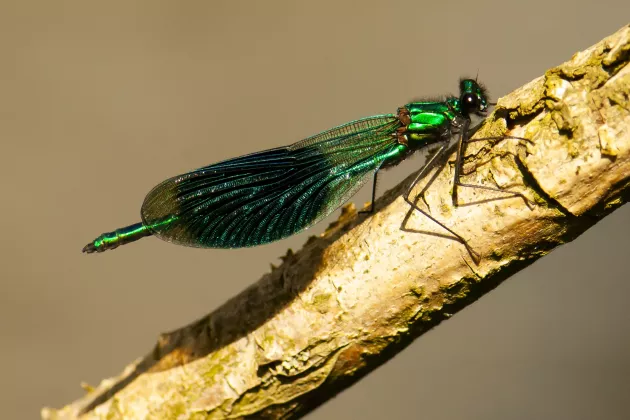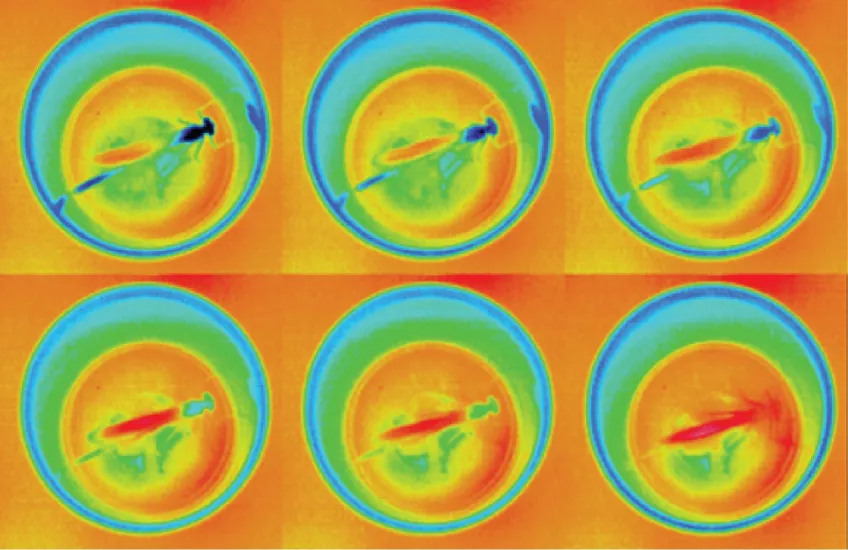Insects cannot regulate their own body temperature, which is instead strongly influenced by the temperature in their immediate environment. In the current study, the researchers studied two closely related species of damselflies in Sweden. The goal was to understand their robustness and ability to tolerate changes in temperature.
To study this, the researchers used a combination of field work in southern Sweden and infrared camera technology (thermography), a technology that makes it possible to measure body temperature in natural conditions. This information was then connected to the survival rates and reproductive success of the damselflies in their natural populations.
The results show that survivorship of these damselflies was high at relatively low temperatures, 15 - 20 C °. The reproductive capacity, on the other hand, was higher at temperatures between 20 and 30 C °, depending on the species.
“There is therefore a temperature-dependent conflict between survival on one hand and the ability to reproduce on the other”, says Erik Svensson, professor at the Department of Biology at Lund University, who led the study.
The study also shows that the damselflies ability to handle heat-related stress is limited. Insects are cold-blooded invertebrates, so they rely on external sources such as the sun or hot stones to raise their body temperature.
“Our results show that cold-blooded animals can suffer from overheating even if they live far up in the northern hemisphere, and that their ability to buffer their body temperature against rising external temperatures is limited. The results also challenge a popular theory that animals' plasticity, i. e. their individual flexibility, can help them survive under harsher environmental conditions, such as during heat waves”, says Erik Svensson.
Publication in PNAS: Selection on phenotypic plasticity favors thermal canalization
Contact:
Erik Svensson, Professor
Department of Biology, Lund University
+ 46 222 38 19
+ 70 597 04 03
erik [dot] svensson [at] biol [dot] lu [dot] se (erik[dot]svensson[at]biol[dot]lu[dot]se)

